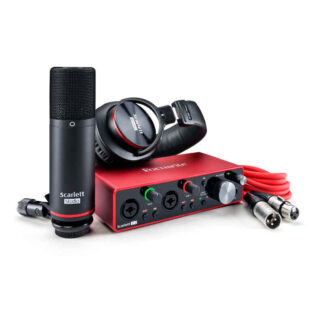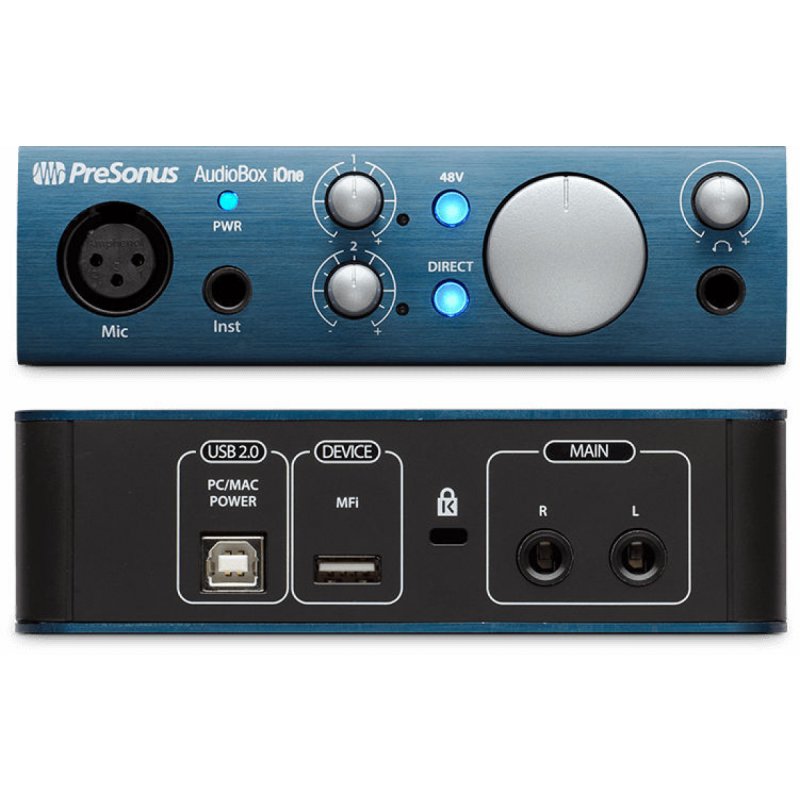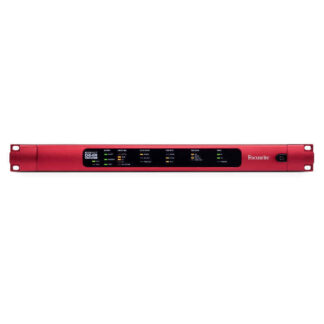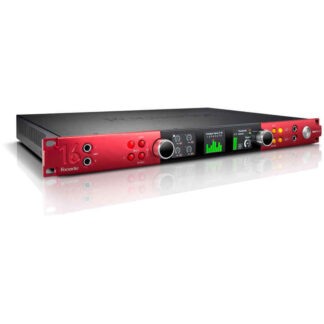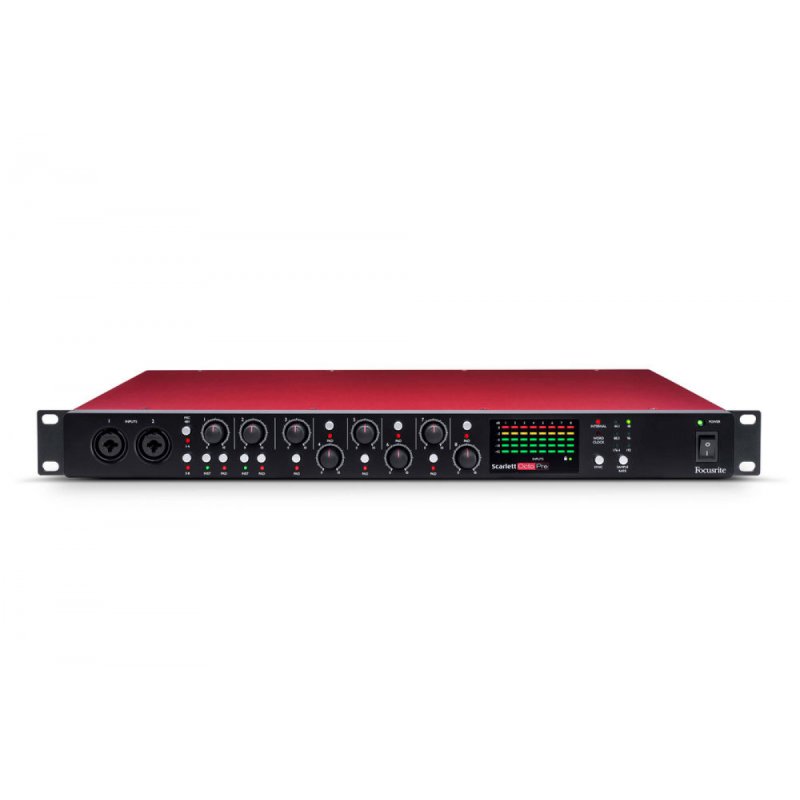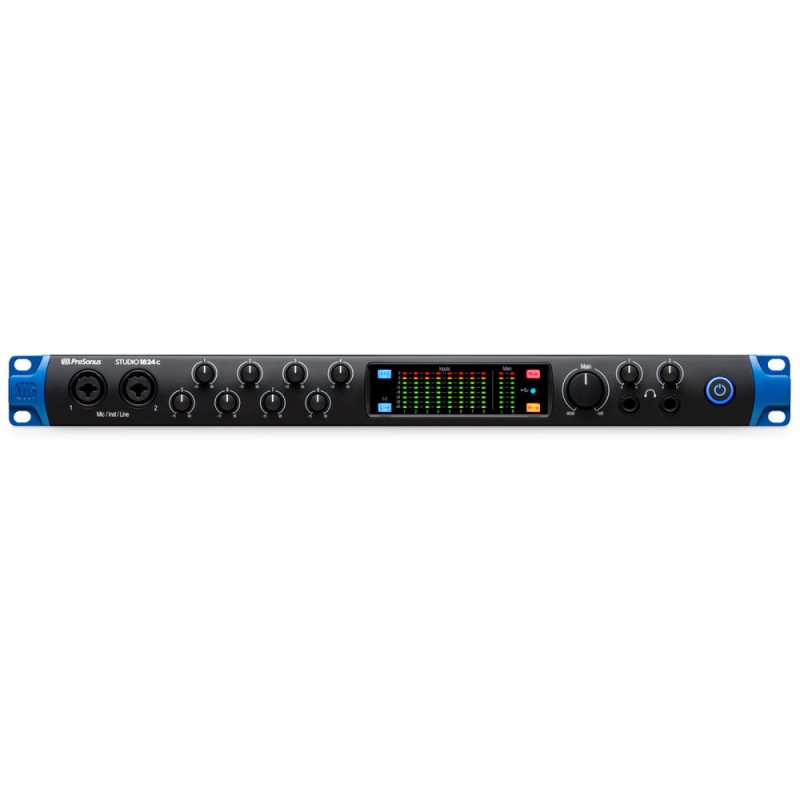Brand New
$2,479.00
Out of stock
The Prism Sound Lyra 2 is a USB audio interface designed to deliver reliable precision and high-resolution audio I/O for musicians, vocalists, songwriters, and audio engineers in home, project, and mobile studios. Its stable clock allows operation at up to 24-bit / 192 kHz resolution with high jitter rejection. With latency as low as 0.08 ms, it is well suited for recording, overdubbing, and even send-and-return routing.
Line, instrument, or microphone sources can be connected via the stereo 1/4″ TRS inputs, two 1/4″ instrument inputs, and two XLR 3-pin inputs. Phantom power is selectable as are the input pads and built-in limiters. The four 1/4″ line outputs are ideal for connecting to speakers and power amps, while the front-panel 1/4″ jack offers dedicated level and mix controls for independent headphone monitoring. Additionally, digital connectivity includes RCA coaxial for S/PDIF or AES3, TOSLINK optical for S/PDIF or ADAT, and BNC for word clock. An RJ45 port is present for future AVB integration.
The Lyra 2 is compatible with Mac OS X and Windows systems via its class-compliant USB 2.0 connectivity. An IEC power cable, USB cable, and XLR to RCA adapters are included.
The coaxial digital I/O can be switched in the Lyra 2 controller applet between S/PDIF and AES3 formats. This control changes the operating voltage and the channel status format and is complemented by two supplied adapters that provide external XLR connections for AES3 devices. The optical digital I/O ports on Lyra 2 can also be configured as ADAT I/O. Other connections include word clock sync I/O on BNC connectors.
